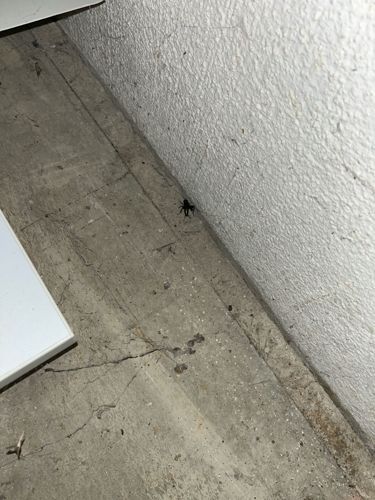Jumping spider
Scientific Name: Salticidae
Order & Family: Araneae, Salticidae
Size: Typically 2-25 mm (0.08-1 inch), with most species being less than 15 mm.

Natural Habitat
Widely distributed in diverse habitats including forests, grasslands, deserts, mountains, and even urban environments. Often found on vertical surfaces, fences, walls, plants, and within homes.
Diet & Feeding
Jumping spiders are predatory. They actively hunt and stalk their prey, which consists primarily of other small insects and spiders. They do not typically use webs to catch prey, but rather pounce on them.
Behavior Patterns
Known for their excellent vision (especially their large anterior median eyes), which they use for hunting and courtship displays. They are active hunters, often making precise jumps to catch prey or to move between surfaces. Many species exhibit complex courtship dances. Non-web-building spiders.
Risks & Benefits
Generally harmless to humans. Their bites are rare and usually result in only mild, localized pain, similar to a bee sting. They are beneficial in gardens and homes as natural pest control, preying on various small insects like flies, mosquitoes, and small roaches.
Identified on: 9/12/2025